Sativa-type cannabis landraces. The classic Sativas of the vernacular taxonomy are the narrow-leafleted late-maturing landraces (i.e., domesticates) from tropical regions such as Thailand. Formally, such plants are best classified as subsp. indica var. indica.
Classic Sativas originated in tropical and subtropical Asia, where they’re cultivated for ganja, meaning high-THC inflorescences, i.e bud. The so-called “sinsemilla technique” of roguing males is described in Nath Shaiva alchemical texts from fifteenth-century east India.
Himalayan varieties exhibit morphology similar to Sativas, though they are usually earlier maturing, with high levels of stem fibre and comparatively balanced THC:CBD profiles.
Populations from traditional hashish-producing regions such as Afghanistan, the Middle East, and North Africa can also exhibit some or all of the Sativa-type traits. Strains such as Mazari or Sinai, for example, exhibit a continuum of variation ranging from Indica to Sativa.
Historically, around Central Asia, hybridization appears to have occurred between the two formal domesticated varieties of subsp. indica, namely var. indica (Sativas) and var. afghanica (Indicas).
Showing 1–16 of 49 results
-
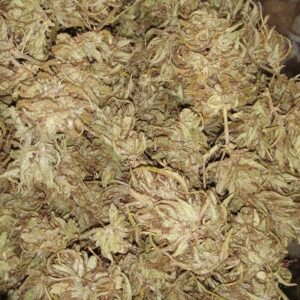
Arcadian
£40.99 – £81.49 Select options -
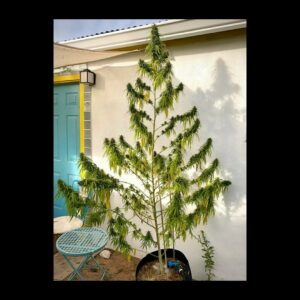
Bokeo #2
£16.49 – £32.99 Select options -
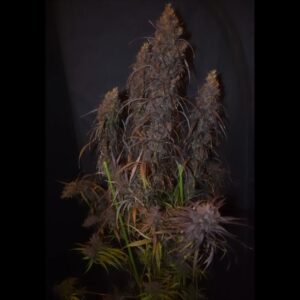
Burmese
£26.49 – £52.99 Select options -
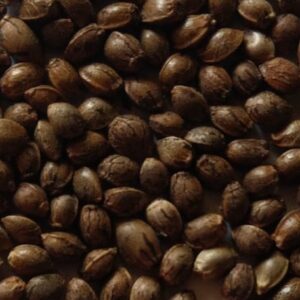
Central Lao
£17.49 – £34.99 Select options -
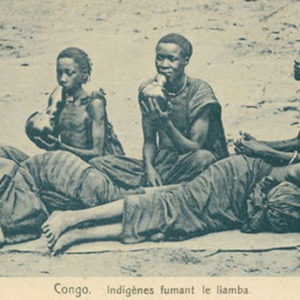
Congolese
£23.49 – £46.99 Select options -
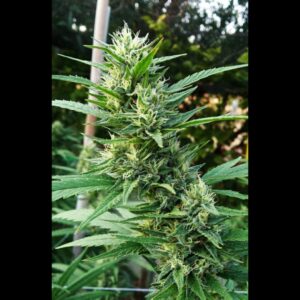
Cretan
£36.99 – £73.49 Select options -
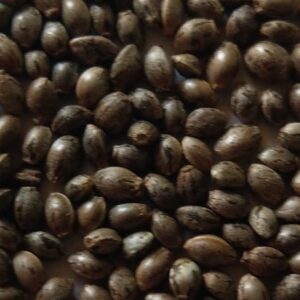
Dakshinkali
£14.49 – £28.99 Select options -
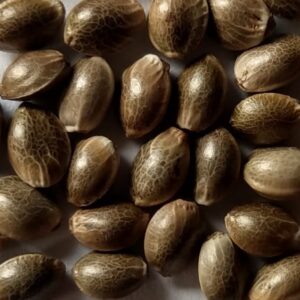
Dolpa
£18.49 – £36.99 Select options -
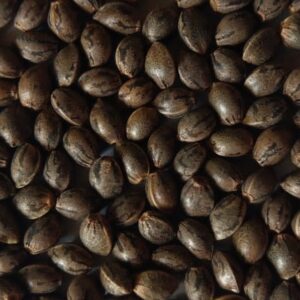
Highland Lao #3
£26.49 – £52.99 Select options -
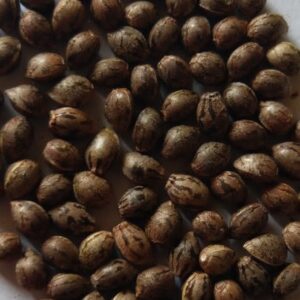
Highland Lao #4
£11.49 – £22.99 Select options -
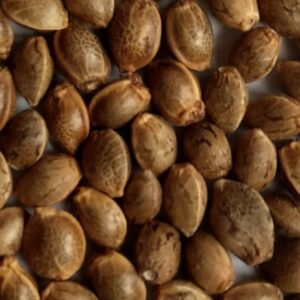
Highland Lao #5
£26.49 – £52.99 Select options -
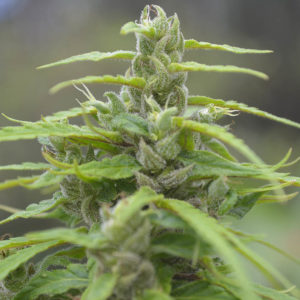
Highland Thai
£22.49 – £44.99 Select options -
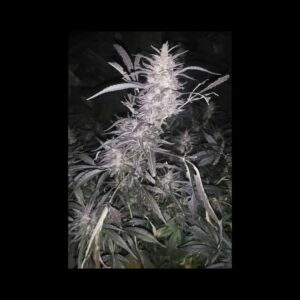
Hunza Valley
£22.49 – £44.99 Select options -
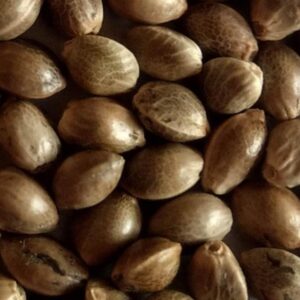
Iranian #2
£22.49 – £44.99 Select options -
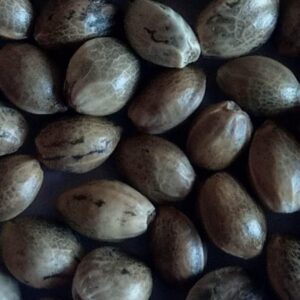
Iranian #3
£11.49 – £22.99 Select options -
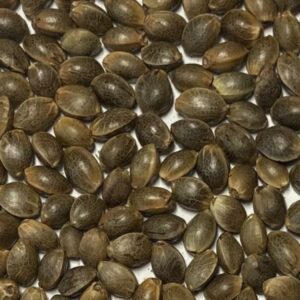
Isan Thai
£16.49 – £32.99 Select options